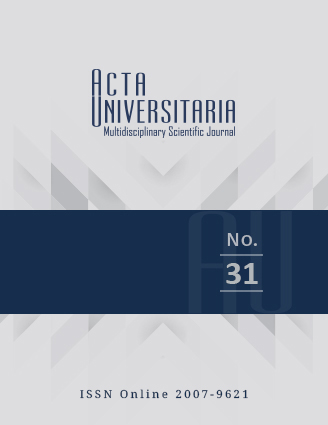Published 2021-09-22
How to Cite
Abstract
The growing water demand represents a major worldwide problem; consequently, there exists an upward
understanding regarding the efficient use of water. Thus, new techniques, methodologies, and computational
algorithms are developed to increase the efficiency of water use. This paper presents a new computational model
developed in the programming language Visual C# to design water supply pipe networks (RedesUAZ) based on the
matrix analysis of structures using the stiffness method. Although it arose from the need for public universities with
free access to didactic resources for student training, this tool is useful to design small, pressurized networks in
practice. To assess its performance, the proposed model was compared with two well-known models with the same
purpose (A1: Huddleston et al. [2004] / RedesUAZ; A2: EPANET / RedesUAZ). It can be said that hydraulic results are
comparable to each other. The results of the analysis of the three proposals show small relative differences in flows
(A1: 6.01%, A2: 10.83%), velocities (A2: 21.31%), and pressures (A2: 1.12%). It is concluded that the proposed model is an
acceptable alternative for the analysis and design of hydraulic systems that conduct pressurized water.


